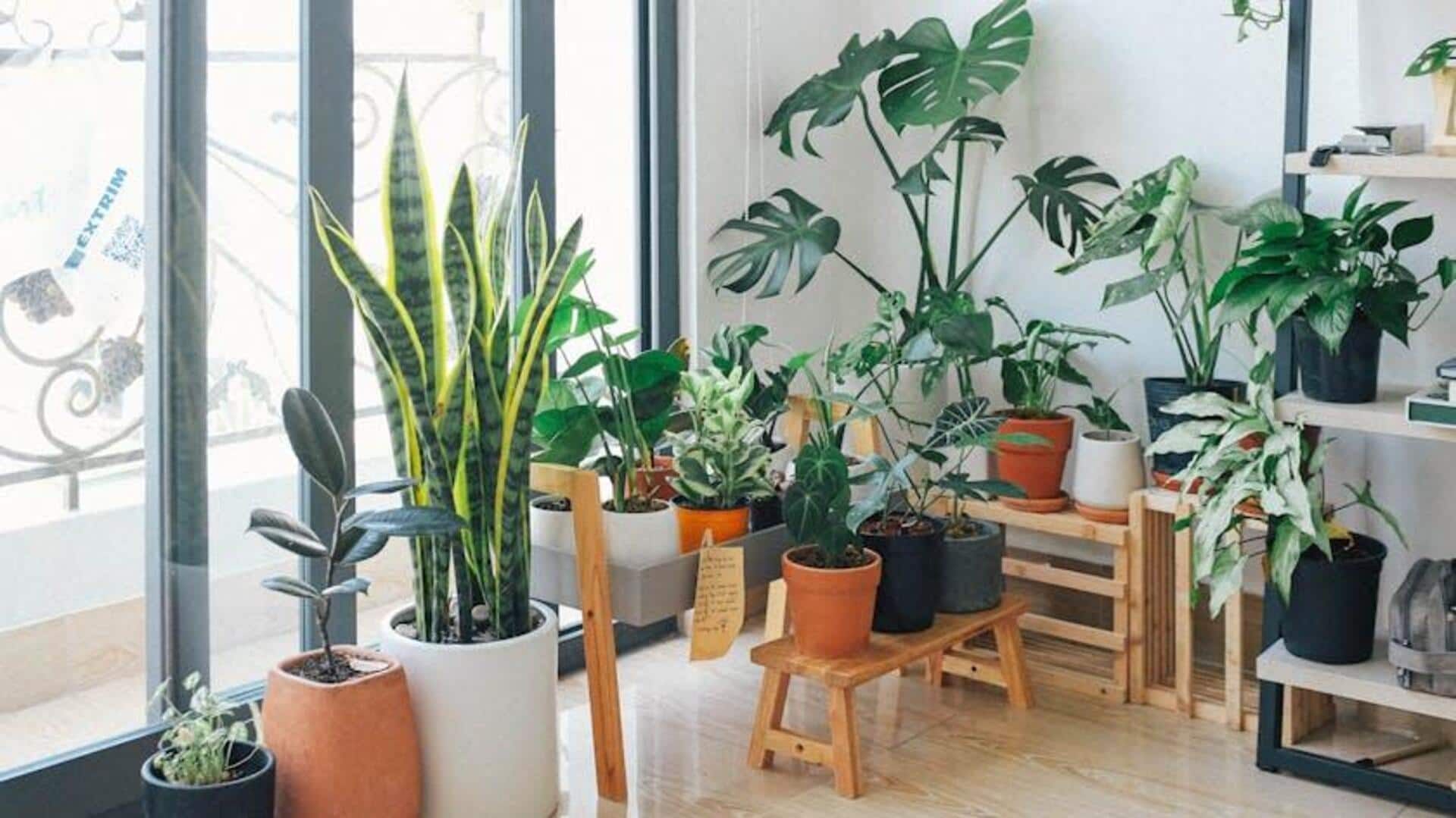
How to create the perfect drainage for indoor plants
What's the story
Indoor plants can light up any space, but keeping them healthy requires you to have proper drainage solutions. Without proper drainage, your plant's roots may rot and other issues may arise, preventing them from flourishing. Here are five handy drainage solutions that'll help your indoor plants thrive. With these, you can create a habitat for your plants to thrive, and add beauty to your home/office space.
Pebble trays
Use of pebble trays
Pebble trays are an easy and effective way to enhance drainage for indoor plants. Simply place a layer of pebbles at the bottom of a tray and set the plant pot on top of it. This way, the excess water can drain away from the roots while keeping the humidity around the plant. It prevents waterlogging and promotes healthy root development without complex setups or expensive materials.
Perlite addition
Incorporating perlite in soil mix
Perlite is a lightweight volcanic glass that improves soil aeration and drainage when mixed with potting soil. By adding perlite to your soil mix, excess water is drained more efficiently, while retaining necessary moisture for plant roots. Usually, adding 10% to 20% perlite into the soil mix yields optimal results for most indoor plants, ensuring they get enough oxygen and nutrients.
Self-watering pots
Utilizing self-watering pots
Self-watering pots present an ingenious idea to keep indoor plants properly moist. These pots have a reservoir at the bottom that delivers water directly to the roots whenever needed via capillary action. This way, the risk of overwatering is eliminated as plants would absorb only the amount they need, leading to healthier growth without the need for constant attention.
Pot feet elevation
Elevating pots with pot feet
Pot feet are tiny stands placed under plant pots to lift them slightly above their saucers or trays. This way, excess water drains out freely from the pot's base, instead of collecting around it, greatly minimizing the risk of root rot. Available in materials like rubber or ceramic, pot feet are an inexpensive way to enhance drainage efficiency in any indoor garden setup.
Extra holes
Drilling additional drainage holes
For pots that don't have enough drainage holes, drilling some more can do the trick. More holes facilitate improved water flow out of containers during watering sessions while keeping stagnant conditions from developing in them over time. This is especially crucial if you're using decorative planters not designed with proper outlets built-in already.